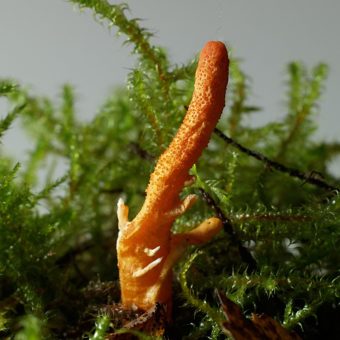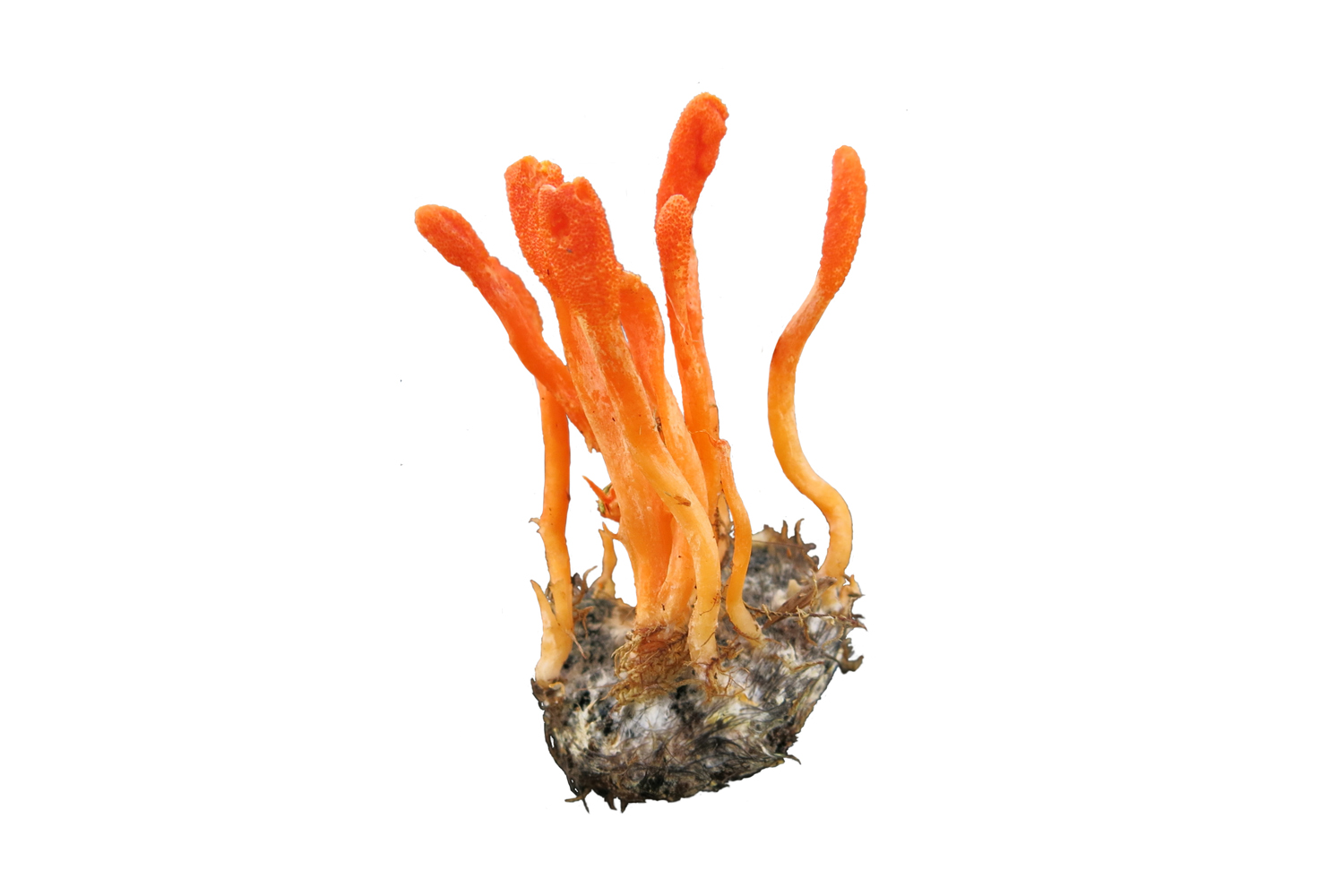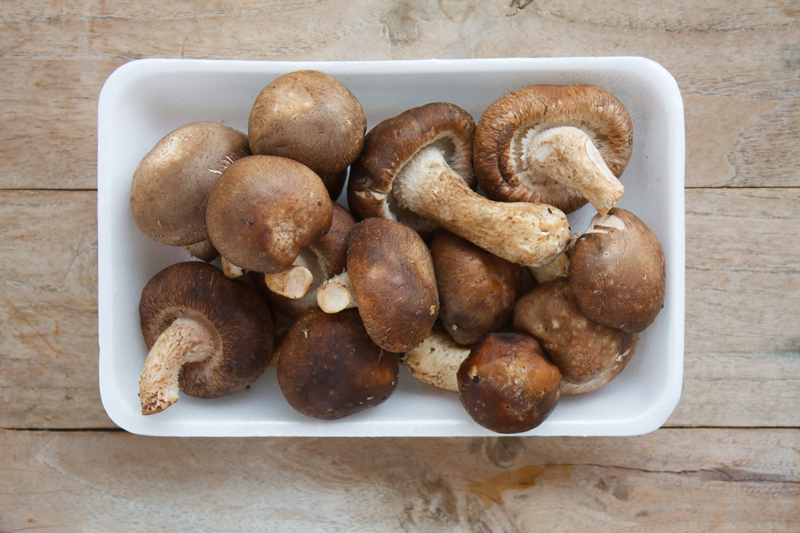Cordyceps mushrooms are an age-old traditional medicine in Asia and now around the world. All over, health practitioners celebrate their many benefits, including their impressive immune support. One may be surprised at all this humble mushroom has to offer. Especially since it grows in such a unique way. (You’d never guess!)
So here’s everything you need to know about cordyceps and immunity…
Immune Benefits of the Cordyceps Mushroom
Through a long history in Chinese medicine, people treasure cordyceps for its support of health and wellness. Its immune-boosting traits stand out especially. Here are a few specific details…
- Increase immunity. Cordyceps have been found to help reset the immune system. Plus, they can strengthen it! For one, studies find that cordyceps help to regulate our existing immunity. And they adapt new immunity to defend the body.1
- Fight off viruses. Like other mushrooms, they have strong antiviral and antifungal powers. This helps ward off disease in the body. In addition, it can help to reduce recurring infections.
- Defend against cancer. In some cases, studies found that cordyceps helped to reduce cancerous tumors and related symptoms. Plus, during cancer, it supports the body’s general health and its response to chemotherapy.2
All in all, each element of this displays cordyceps overall role… As a champion for your immune system!
Active Ingredients in the Cordyceps Mushroom
Cordyceps mushrooms contain a range of nutrients, vitamins, and minerals. For example, cordyceps can deliver a large dose of B-complex Vitamins, along with Vitamin E and Vitamin K. In addition, they provide amino acids that support growth, energy, and muscles. They also provide helpful fatty acids, like those in olives. These fatty acids protect and enrich the body.
Some of the most important compounds in cordyceps are nucleosides.3 These sugar-like compounds act as antiviral and anticancer agents.4 Researchers continue to look into how and why nucleosides work as they do.
Native Habitat of the Cordyceps Mushroom
 You may be surprised to learn that the Cordyceps Mushroom is actually a parasitic fungi.
You may be surprised to learn that the Cordyceps Mushroom is actually a parasitic fungi.
In nature, one finds it growing out of a certain catepillar, traditionally in Tibet. In general, this type of mushroom always grows out of another fungi or animal. It prefers warm and humid conditions like those in tropical forests. Thus, one finds it most at home in areas like Nepal, China, Japan, and Thailand.
So as you might guess, this is hard for one to replicate by hand. Thus, much of the cultivated cordyceps grows in more controlled lab conditions. Most of the time, this is the source of cordyceps that you’ll find.
Traditional Uses of the Cordyceps Mushroom
This mushroom has been used for many years in Chinese and Tibetan medicine. In fact, it first appears in written health records in the 15th century. That is some 600 years back! But likely it was being used for centuries even before that.
Its longest useage traces back to Sikkim, Nepal. People in this area use it today. There, the mushroom is a cure-all for many problems. This includes at least a couple dozen specific ailments.5 Sometimes used on its on, other times one combines it with other herbs.
Over time, different cultures have came to know this powerful mushroom. It slowly gains popularity as an alternative or complementary medicine. Yet its history is still rooted in Asia.
Today, Cordyceps support health in many ways as a medicinal mushroom.
Indeed it’s this humble mushroom that may be a key to greater health for so many. Did you know that there are lots of other mushrooms that can boost your health, too? In fact, there is much to learn about other well-known species. To begin, learn more about medicinal mushrooms and their ability to boost energy and immunity. Then dive into the details of mushrooms like reishi, chaga, shiitake, turkey tail, maitake, and lion’s mane.










